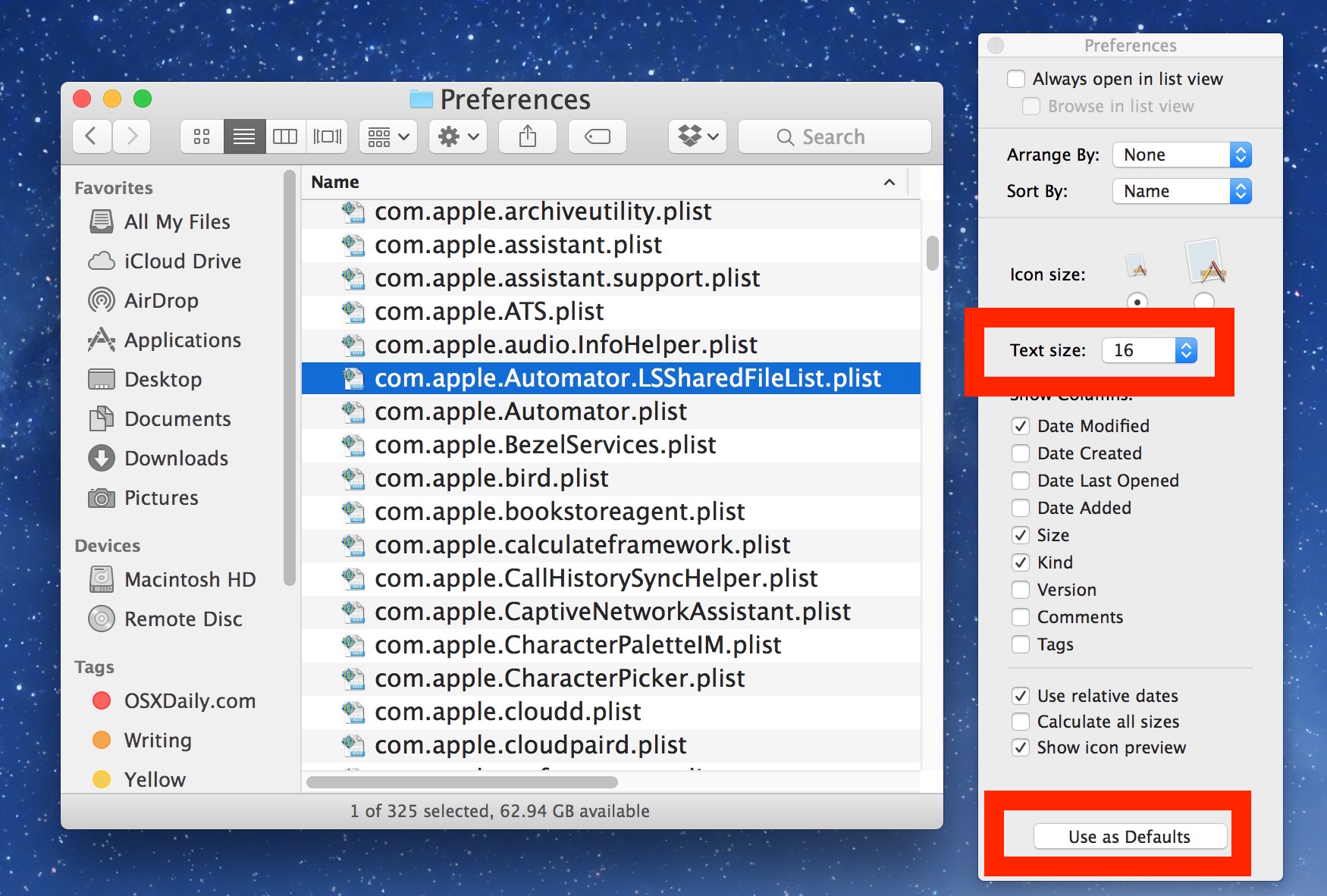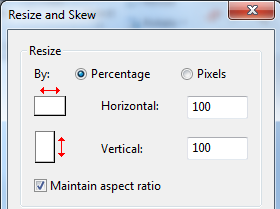How To Change Photo Pixel Size On Mac

How To Resize Pixel Size
A picture is worth a thousand words, but is it sending the right message? Not if it’s warped, distorted, or jagged. Learn how to resize an image correctly for presentations, documents, and more.
The final size of your image depends on the resolution that you choose. If an image is 4500 x 3000 pixels it means that it will print at 15 x 10 inches if you set the resolution to 300 dpi, but it will be 62.5 x 41.6 inches at 72 dpi. While the size of your print does change, you are not resizing your photo (image file), you are just. Why size is important when printing. When you’re printing an image, you may encounter the term PPI or pixels per inch.This literally refers to the number of pixels in an inch-long line of an image. Most printing services, and indeed your own printer, will require a certain density of pixels in the image (PPI) to be able to render a print that looks good (i.e., with smooth color transitions.
To change a picture’s format, open it in the Preview app, then save it in the new format. If pictures look fuzzy, try using larger ones, such as 1024 x 768 pixels. On the right, click the picture you want to use. The desktop immediately changes, so you can see how the picture looks.
That’s a stretch
When you’re working with images or screenshots in a document, there are often selectable arrows on the sides and corners. Convenient, right? You can just move the sides as much as you want, or expand the corners, to make it the right size.
It’s tempting, but not a good idea. Usually, this stretches the image out, making it look slightly blurry or pixelated. Sometimes you can get away with it if you hold down the Shift key to keep it proportional, and you’re only making it smaller…but it’s still sketchy. A better way is to resize your picture or screenshot in an image editing program, and then add it back to your document. It takes more steps, but it’s worth it. You’ll be able to control the image quality, which comes in handy when you want your finished product to look polished and professional.
Smaller is easier
It’s usually pretty safe to scale down an image. When you make it smaller, it typically still looks good. It has all the pixels (tiny dots of color) it needs, it’s just being condensed.
You get into trouble when you make your image bigger. If you don’t have enough pixels per inch, your enlarged image will look fuzzy or choppy. Check the resolution to see how much you can safely expand your image. Whereas 72 dpi doesn’t give you much room to expand, 300 dpi does, especially if you ever want to print your image. If you plan to do more with images, you’ll want to learn how pixels work and a rule of thumb when figuring out how big you can make your image.
Keep it in perspective

How To Change Photo Pixel Size On Macbook Air
When you resize an image or screenshot, keep the same ratio of width to height. Most image editors have a “constrain proportions” checkbox that automatically does this for you, or you can usually hold down the Shift key while resizing. Keeping the same aspect ratio makes sure that your image doesn’t look stretched or warped. If you’re aiming for a particular width and a specific height, you may need to do a combination of cropping and resizing to get your image where you want it, and still keep it proportional.
Now that you have a few of the basics, you’re ready to get going with making images and screenshots for your PowerPoints, reports, and social media look the best they can. We want to know your tips and tricks for resizing. Add them in the comments below!
Need an image editor? Snagit easily lets you resize, check proportions, and save in multiple file formats. Get your free trial today.